If you’ve watched the first few games of the Pittsburgh Penguins’ season, you’ve probably got a feel for where the music is taking you:
Loads of scoring up top
A defense that has the potential to be great
The bottom six still needs improvement
As a haiku, that would bring my former English teachers back to the red marker. As a statement of fact, it’s why I racked my brain for several very long seconds thinking about who was still available as an unrestricted free agent that could help fill a key gap for the Pens.
First, my mind went to Phil Kes – nah, there’s no point in finishing that sentence. Kessel will hopefully sign elsewhere, get the final eight points he needs to cap his career as a 1000-point player and cause pundits and fans alike great distress over the next 20 years arguing about whether Kessel is a true Hall of Fame player, or merely yet another in the hall of very good.
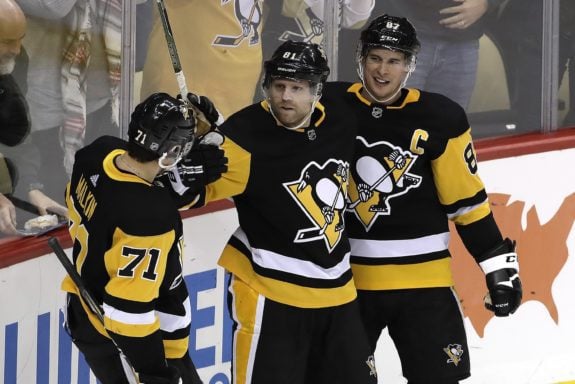
Then, my mind went on a trip overseas, to the land that makes hardened professional hockey players who can play strong system hockey, handle the cold, and have the mettle to handle the Steel City.
To Finland, and to Jesse Puljujarvi.
Puljujarvi, the former fourth overall draft pick from the 2016 NHL Entry Draft, is a player who has not panned out to be what is expected of a top-five draft pick but would bring virtually everything that Pittsburgh needs to upgrade their bottom-six.
In the NHL, Speed Wins
The game is faster than it has ever been, which we know because we hear it as a talking point on virtually every broadcast. Currently, Pittsburgh’s bottom-six houses above-average speed from the likes of Noel Acciari (who’s had a dreadful start to the season), Drew O’Connor, Jansen Harkins, and Matt Nieto. On the slow end, we have Lars Eller and Jeff Carter, who we’ve already seen take penalties that can be partly or fully blamed on footspeed.
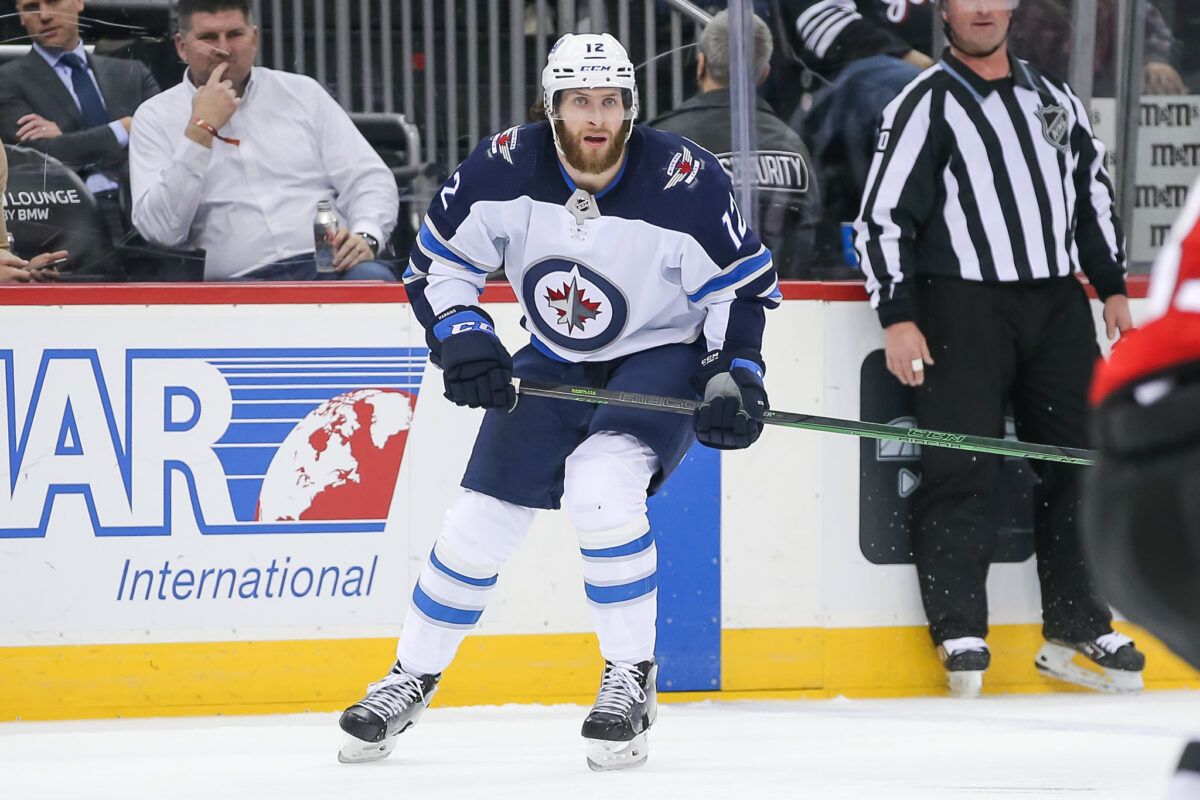
You can get away with having a slower player on your roster at any position if they are high-IQ players and defensively responsible. Mark Stone is a perfect example of this. What you can’t have is what was expected, and is happening, with Carter thus far.
Puljujarvi has that spades-speed (you know, speed in spades). He’s a relentless forechecker, who had a career-high of 136 hits last season in 75 games split between Edmonton and Carolina. He’s not a takeaway machine by any stretch, having 24 last season, which is in line with his usual per season. A good coach will get him to have a more active stick, show him video of players like Pavel Datsyuk and Auston Matthews, and what speed can do to directly create turnovers that put the puck on his blade. Even without the takeaways, his speed, though, is the kind that causes defensemen to rush the puck away from him, which can lead to turnovers and create new scoring opportunities.
Puljujarvi Still Has Upside
As the legendary Bill Simmons once borrowed from Hubie Brown, Puljujarvi still has some of that tremendous upside potential. Puljujarvi’s situation is reminiscent of another former top draft pick, Valeri Nichushkin. Similar to how Puljujarvi played in Edmonton, went home, came back, and left the team, Nichushkin played in Dallas, played his way into the minors, back to Dallas, then home for two seasons, back to Dallas, where he scored zero goals in 57 games, and then to Colorado, where he excelled under different coaching and a new system, because those things matter. Teams will always view players like Puljujarvi as a lottery ticket and wonder if they can unlock their potential in their system.
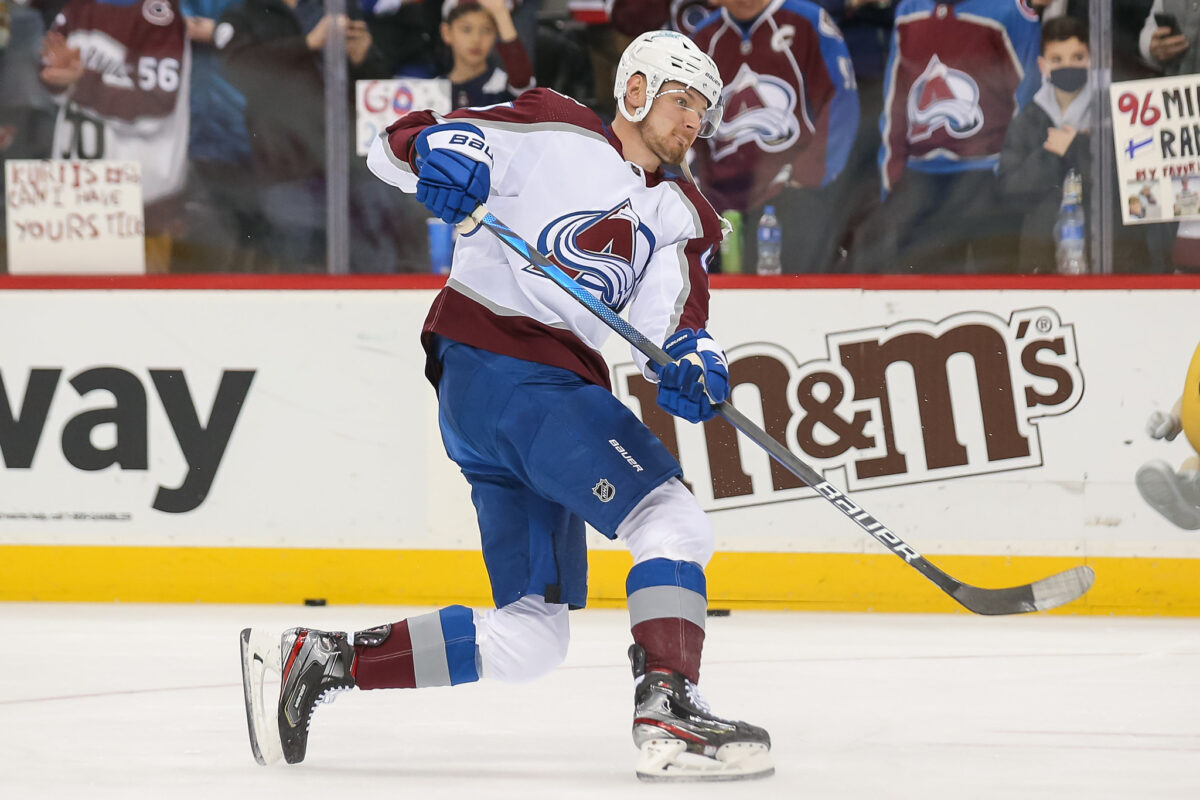
Even if Puljujarvi didn’t become a top-6 winger with 25-goal, 50-point potential, he could still be a valuable piece on a Stanley Cup-winning team. His experience playing with Connor McDavid and Leon Draisaitl in Edmonton for several seasons allows him to know what his role would be on a scoring line – a mucker, a chaos agent who pressures defenses and gets the puck to the creators on the line. Having that ability, which he does, is what will allow a coach to both play Puljujarvi on a strong third line and move him into the top six to change things up. If, while he’s there, Puljujarvi starts to score goals and shows that he can be a top-six winger, then you’ve created more depth on your team and made yourself more dangerous. It’s wins all around.
Puljujarvi’s Health is in Question
There is a very simple reason that Puljujarvi is available right now – he had double hip surgery in the offseason for the second time in his career and is still rehabbing at home in Finland. Having played with a bad hip, I can tell you that it saps the straight-away drive in your legs and limits your overall effectiveness. If you saw Nicklas Backstrom play last season, you saw what coming back from a major hip surgery does to a player.
Related: Penguins Need to Alter Erik Karlsson’s Usage to Win
With some injuries, players can come back at 100% and immediately be themselves again. Other injuries, like hips, wrists, and knees, often take a season to grind through at less-than-full-strength before a player is back to themselves. So, this idea is not without risk.
Puljujarvi is Still an Upgrade
The alternative though, beyond a trade that isn’t there at this point in the season, is to continue to play Jeff Carter and risk valuable points in the standings. Penguins’ fans know from last season that every point at any time in the season is valuable.
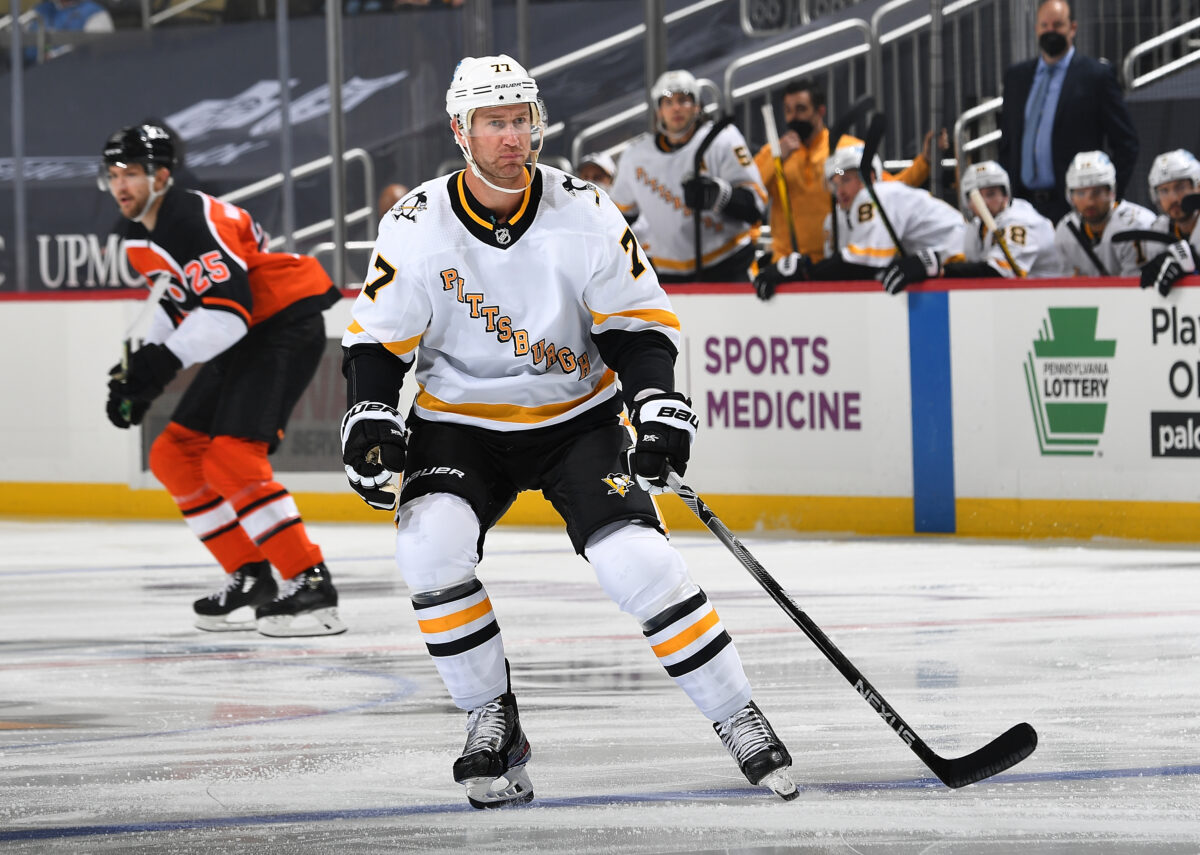
A direct comparison of the two players from last season shows that even an injured Puljujarvi is far and away the superior player to Carter. It’s not even close. Because of his speed and how defensively responsible he is, Puljujarvi is also someone who can play more minutes than Carter, and harder, less sheltered minutes and be effective. You don’t have to hide Puljujarvi like you do Carter.
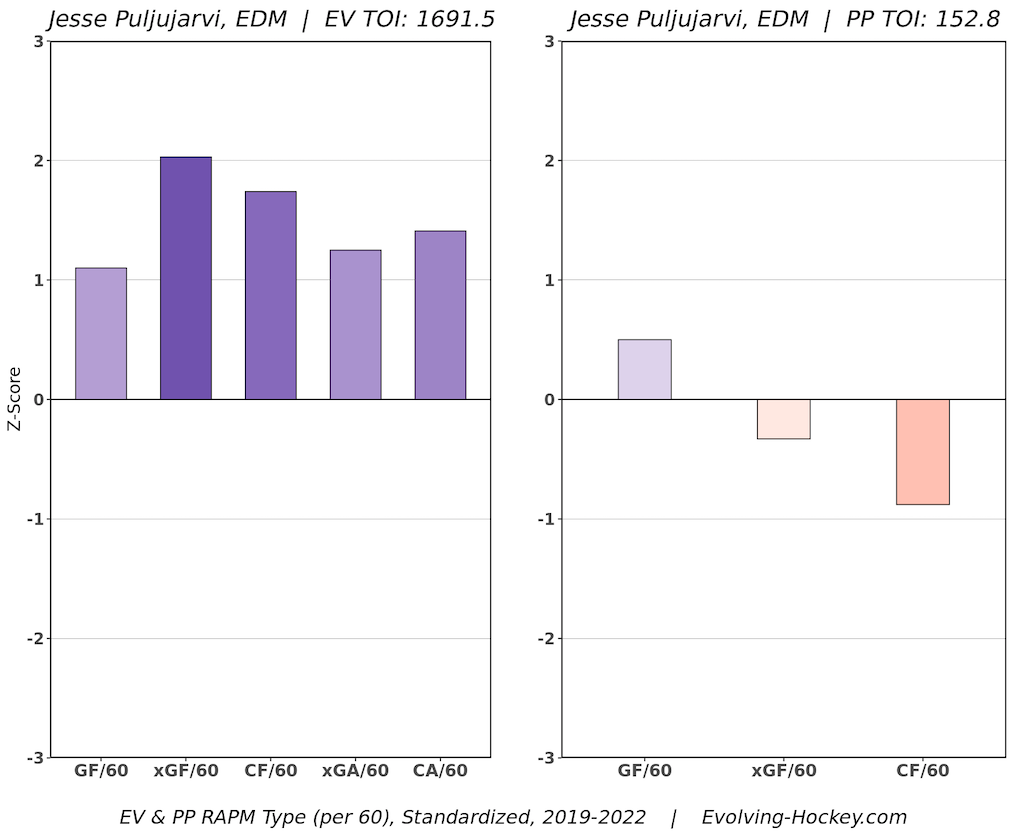
With two extra defensemen who can be put on waivers to make cap space and who are not as valuable as Puljujarvi, this one seems like a no-brainer. Puljujarvi has no leverage in terms of his value and would be looking for a contender who both needs what he can be today, and what he has the potential to be, in order to re-establish his value and continue his NHL career. On paper – or in this case, a screen – it’s the perfect it. Will Pittsburgh’s hockey ops department agree? (Cam Charron, I’m looking at you.) We’ll find out soon enough.
